When An Elastomer Goes Flat… The Story of J and the Flattened Elastomers
Updated 9/26/2022
Jill Sparacio, OTR/L, ATP/SMS, ABDA
Clearly, Something Was Different
Some basic items need to be routinely checked when using dynamic wheelchair components. Usually the idea of routine “maintenance” worries me, however what I found can be easily checked.
This is the story of J and the flattened elastomers. J is a young man with an incredibly strong extensor tone pattern that usually initiates in his hips. He uses a Seating Dynamics Dynamic Rocker Back to absorb these forces. He resides in a long term care facility and has multiple caregivers who have known him for many years.
I was receiving complaints from his caregivers that J “just doesn’t look right in his wheelchair anymore”. When passing him, I also noticed that he was no longer sitting on his seat. Instead, his feet were firmly planted on his footplates, with hips extended and his buttocks lifted off of the seat. His arching/extension pattern had returned. At times, the staff were unable to get his feet on his footplates due to this extension. Others commented that he sat much better if his feet were left hanging off the front edge of his footplates. Observation revealed a more exaggerated, compromised posture with his hips far forward on his seat.
Bottom line, something was different.
Diagnosing The Problem
 First, I double checked to make sure that the Dynamic Rocker Back hardware was not “locked out. ” Once I found those to be open, I realized that there was no longer any tension in the dynamic mechanism. The rear canes were opened as far as the elastomer would allow, however no resistance was present to return J to an upright position. The back canes could be manually pushed back into alignment, but would not remain in that position.
First, I double checked to make sure that the Dynamic Rocker Back hardware was not “locked out. ” Once I found those to be open, I realized that there was no longer any tension in the dynamic mechanism. The rear canes were opened as far as the elastomer would allow, however no resistance was present to return J to an upright position. The back canes could be manually pushed back into alignment, but would not remain in that position.
Investigation revealed that the elastomers were compressed and asymmetrical, rendering them useless.
The height difference between the flattened elastomers and a new set was 3/8” (see Figure 1). In measuring the impact of these compressed elastomers, changes in the seat to back angle were noticed.
Originally, the desired seat to back angle was 100 degrees. With the flattened elastomers, the seat to back angle was a constant 108 degrees (see Figures 2 and 3 below). Eight degrees were more than enough to alter J’s desired seat to back angle and elicit his extension pattern.
In order to remedy this problem, the elastomers needed to be replaced.
Fixing The Problem and Positive Changes for J – In Only 20 Minutes!
Although I work with several excellent suppliers, I didn’t want to wait for a scheduled wheelchair clinic to complete this repair for J. After locating some extra elastomers along with detailed instructions for replacement, I proceeded to take the old elastomers out to determine if these were the problem. Once removed, I found them to be very distorted in both height and shape (see Figure 1). Once the new elastomers were installed, the desired 100 degree seat to back angle was restored.
All in all, it took about 20 minutes (using the easy to follow directions).
I changed the Clear elastomers (which provide a Medium level of resistance) with Green elastomers (which provide an Extra Firm level of resistance). J was still able to move the dynamic back and the firmer elastomers should withstand the forces J exerts even better than the Clear elastomers.
When J extended, the movement that resulted from the compression of the elastomers (absorbing and diffusing the force) and the subsequent rebound was again effective at decreasing his extensor pattern.
Once his tone was not met with firm resistance, it naturally dissipated, allowing his hips to return to flexion.
The Moral of the Flattened Elastomer
So what did I learn from this? Check the elastomers!
The 20 minutes it took to change out the elastomers were well worth the positive changes that resulted in J’s posture.

Figure 2: Old, clear elastomer

Figure 3: New, green elastomer
Notice the height difference of the exposed elastomer; the shorter height of the old elastomer resulted in a more open seat to back angle. Due to the compressed size, the old elastomer has no ability to “rebound” or return the back canes to the desired position.
*Please be familiar with how the Dynamic Rocker Back mechanism works prior to disassembling! It is always best to rely on qualified suppliers to perform this work.

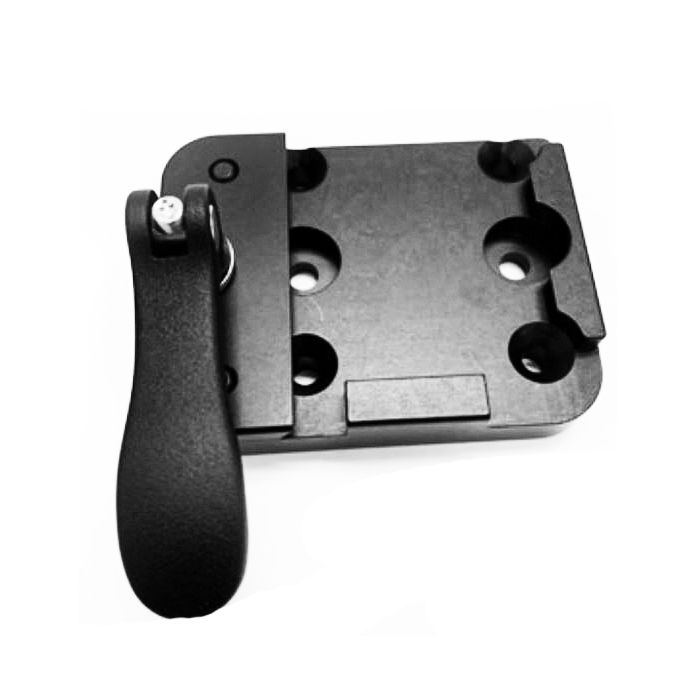
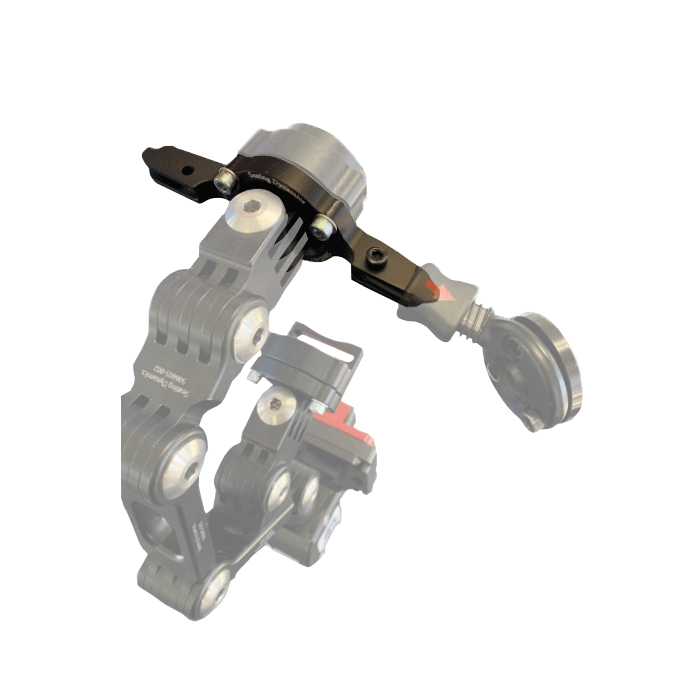
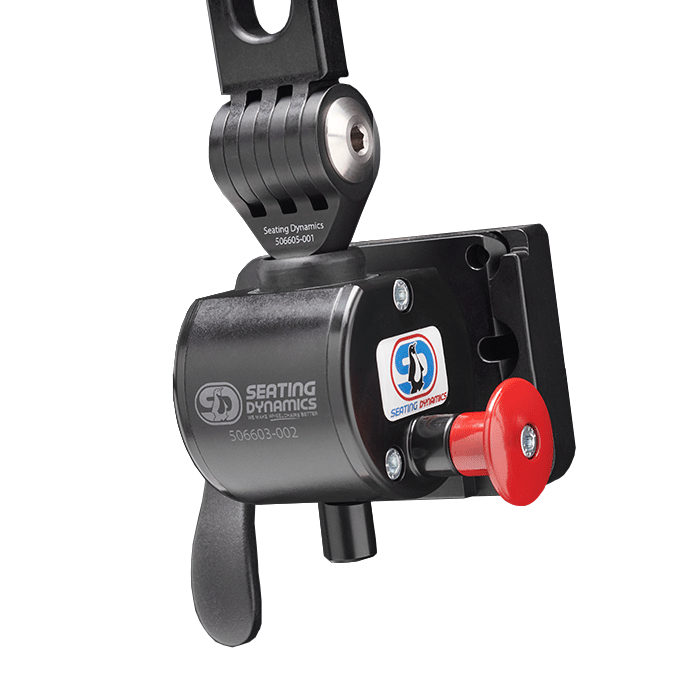
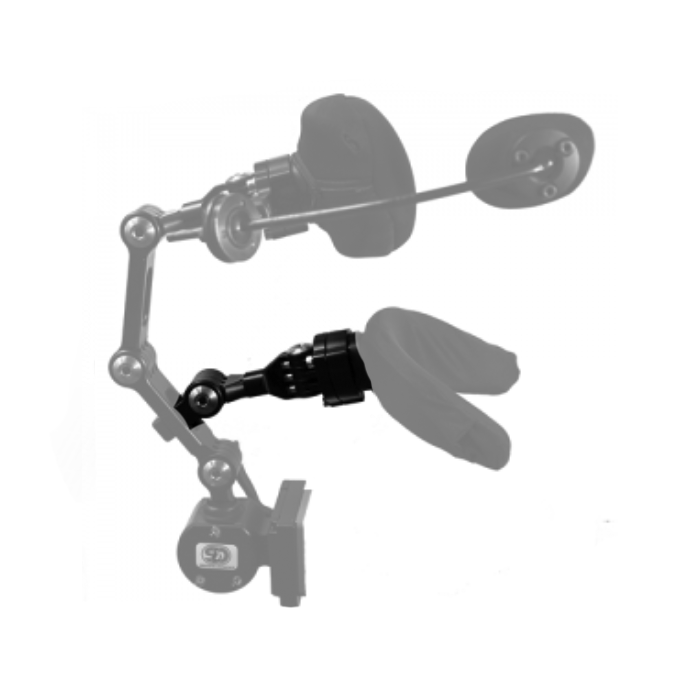
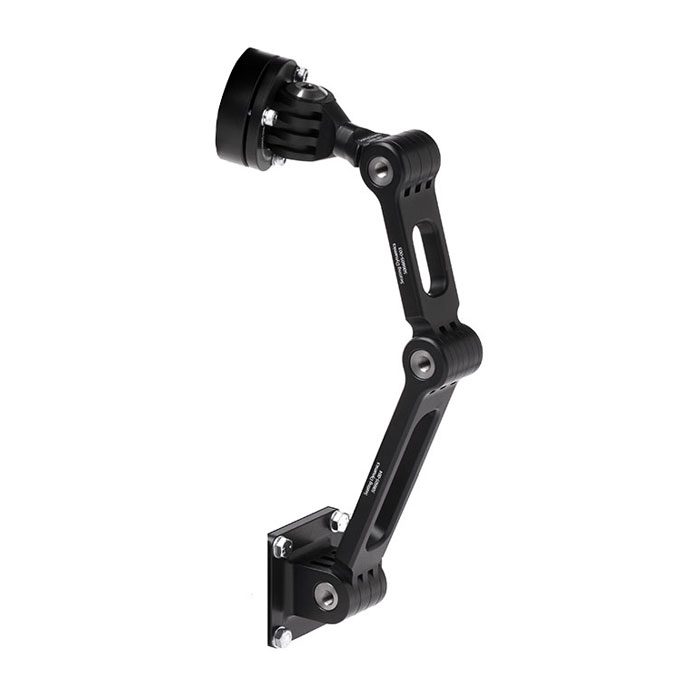
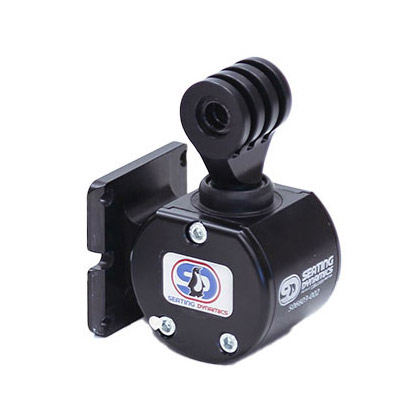
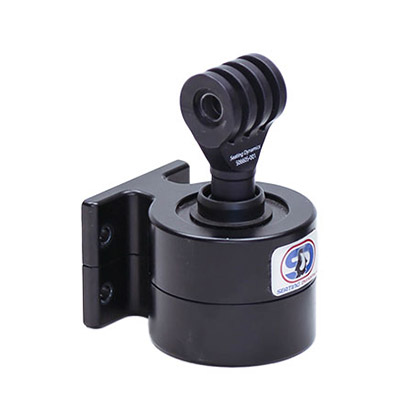
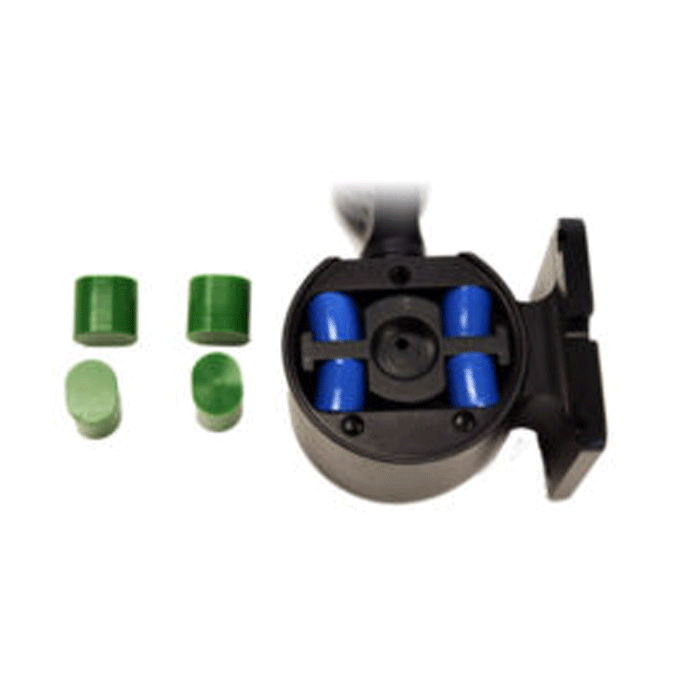
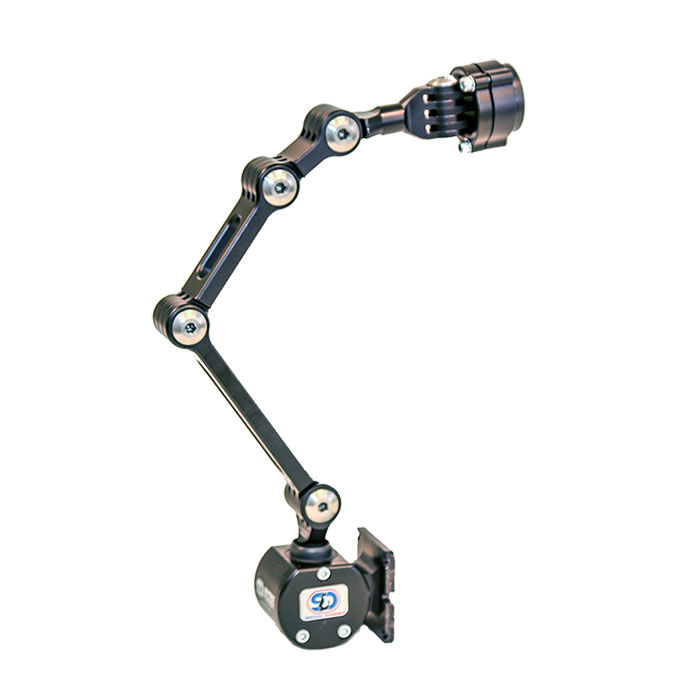

Great blog, Jill!
Jill changed the Clear elastomers (which provide a Medium level of resistance) with Green elastomers (which provide an Extra Firm level of resistance). J was still able to move the dynamic back and the firmer elastomers should withstand the forces J exerts even better than the Clear elastomers.
You are right Michelle. I found that the less resistant elastomers did not allow for the rear canes to fully rebound and return to their upright position. When the rear canes do not return to their starting position, the excursion of movement available to assist with tone management is less and loses some of it’s benefit. I am finding that in order to insure optimal function, I have to recheck the elastomers more frequently than I originally thought.
Although I am able to do this at this time, these mods were usually completed by my very trained suppliers. I have learned how to do them and don’t recommend taking anything apart unless you are absolutely sure you can safely reassemble it!